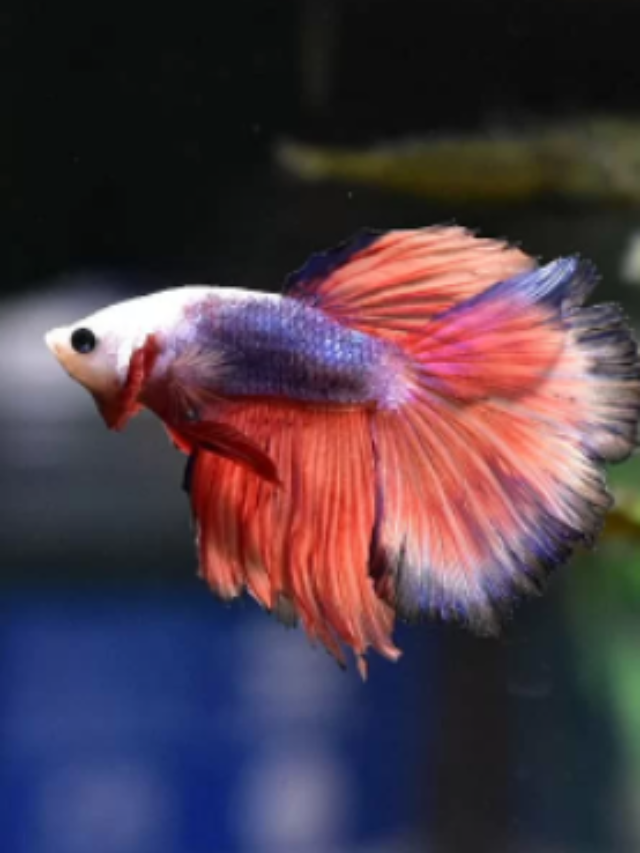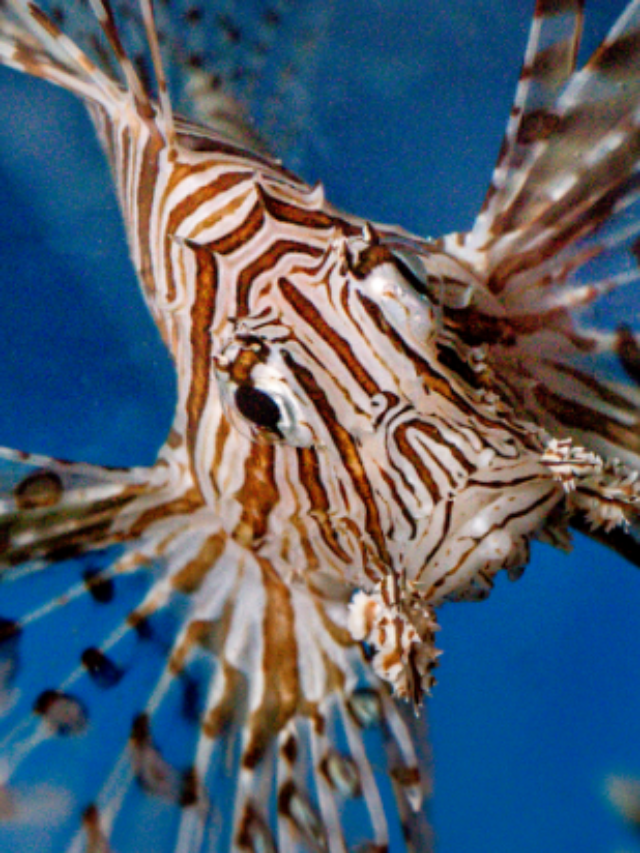How much important the live rock is for marine tank? Know about all aspects
Check Our Quick Stories
Live rocks are called the biological filter of marine tanks. Now the question is why? There are lots of confusions around the live rock and dry rock. Aquarists can’t decide what will be better for the longer run.
For fish, only saltwater tank live rock isn’t important much but for reef tank live rock should add as a biological filter. In a reef tank, live corals, sea cucumber, etc. release N-compounds in higher concentrations. Live rock helps to reduce the N-compounds and increase the mortality of corals by increasing the rate of photosynthesis.
This is a brief idea about the importance of live rock in reef tanks. But there is more to know about it. Let’s dive deep into it.
Why live rock is important for the saltwater tank?
Before entering into the main topic you should clear about the types of saltwater tanks. There are two main types of saltwater tanks and we’ll know the importance of live rock on each type of marine tank
-
Importance of live tank in FOWLR tank
The full form of FOWLR tank is a “Fish only with live rock” saltwater tank. So if you look from that aspect then there is the importance of live rock in a marine tank.
The main advantage of adding live rock into a basic saltwater tank is to increase the aesthetic view of the tank. Lots of new aquarists think like that. But live rock helps to filter the water effectively by biological process. The live rock contains lots of nitrifying and denitrifying bacteria. These help to reduce the N-compounds very quickly.
From the bio-waste of fish, ammonia is formed. Ammonia is on the top among all harmful things in a fish tank. Live rock helps to remove this effect. That is why adding a live rock is always beneficial for a saltwater tank.
-
Importance of live rock in the reef tank
A reef tank is another type of saltwater tank. The center of attraction of a reef tank is corals and invertebrates. Fishes are not mandatory to add in this type of marine tank. In this type of tank, the main sources of getting N-compounds are live corals, invertebrates, sea cucumber, etc.
The reef tank leaches ammonia like fishes and that converts into nitrite and from nitrite nitrate is formed. Nitrate is less harmful among all three. Live rocks can remove both three N-compounds with phosphates also. According to the source, live rock increases the mortality rate of live corals and this helps to maintain the allover healthy environment of the reef tank.
Live rocks are made with dead corals and dead corals are made with calcium. Calcium is an effective mineral to maintain the pH level of saltwater. Right pH level is mandatory for the saltwater tank. At the right pH level fishes thrive well.
Live rock insists on the growth of algae. These algae work as unique bioremediation systems in a reef tank. So if you are planning to make your own reef tank then live rock should be the first on your priority list.
Read more- What is the difference between the saltwater tank and reef tank?
Read more- Importance of pH in a fish tank. With proper info-graphs
What are the drawbacks of live rock in a saltwater tank?
Like advantages, there are lots of drawbacks also if you add live rock in a saltwater tank. Let’s know about these drawbacks before making a decision about them.
The most important drawback of live rock is the cost. Live rock is very much costly and if you have a tight budget then you should not go for it. The second drawback is live rock contains various types of hitchhikers and all hitchhikers are not good for a saltwater tank.
If the live rocks contain gorilla crab, aiptasia, flat worm, bobbit worm, mantle shrimp then your reef tank must be destroyed after a while. They consume all nutrients quickly and start to disturb live corals. Due to a lack of nutrients and effective minerals live corals start dying off. So check your live rock well and cure it before introducing it in your reef tank.
Another important drawback of live coral is it helps to increase ammonia level suddenly after introducing to the saltwater tank from open air. But this thing can be controlled. If live rock gets the touch of outside air then it can introduce an ammonia spike in the tank. The more time you keep it in the fresh air the more chances of that incident will increase. So try not to keep it in the open air.
What is the alternate option of live rock?
Dry rock can be a good alternative option instead of living rock. Dry rocks are made with calcium carbonate and calcium is good for saltwater tanks. This is relatively cheaper than live rocks and you don’t have the tension of the unwanted hitchhikers.
Dry rock doesn’t contain any micro-organisms. After putting this in the tank you have to wait a longer period of time to get proper benefits from it. Until that it will work for only the decorative purpose of the tank. If you want to be safe and if you don’t have much money to invest then you should go with dry rocks definitely.
Read more- Why is my coral not growing? Know proper causes of each of it
How do you know your live rock is alive or not?
To check live rock is life or not there are two ways. If the rock is submerged into the water (specific gravity 1.021 -10.025) for two weeks then there is a possibility that the rock is live rock. Another process to check is to put some fish food into the water and let’s check the ammonia level. If there is no ammonia spike then there is a possibility that rock is live rock.
As live rock works as a biological filter that’s why ammonia will be removed if that rock is live. So this is a good test to check the rock is live or not.
Final thoughts
From this long discussion, I can conclude that live rocks are a very good addition to a saltwater tank. If you can maintain this then nothing will be better than this. If you are serious about this hobby and if you have a little bit of expertise in it then you should definitely buy this. Otherwise, you should go for dry rocks.
Dry rocks are also a good choice to build a reef tank. Perhaps this takes time to work as a live rock but if you have less expertise in this hobby then you should go for it without any hesitation.
So best of luck & happy fishkeeping 🐟






